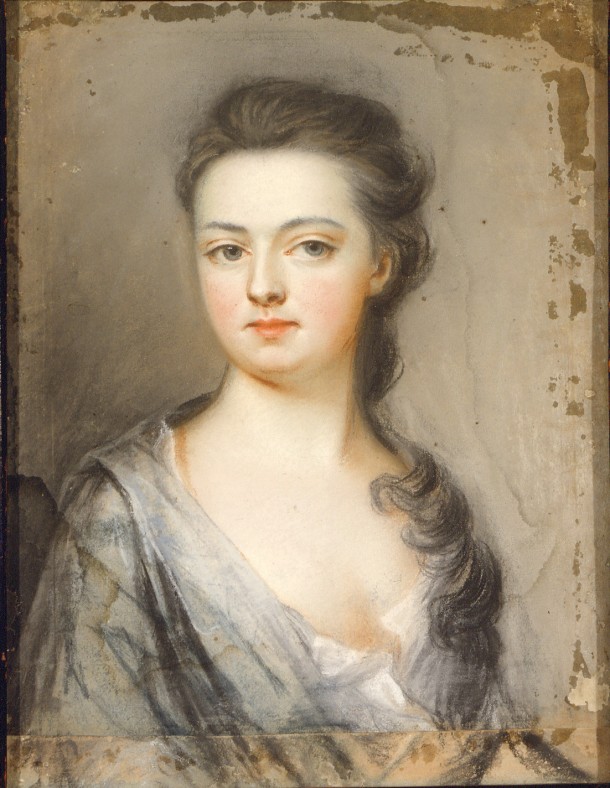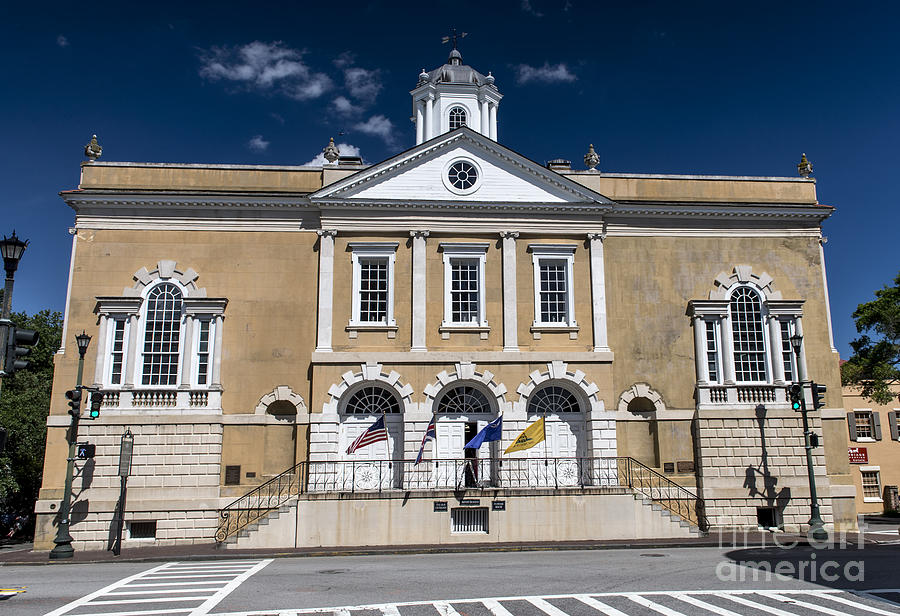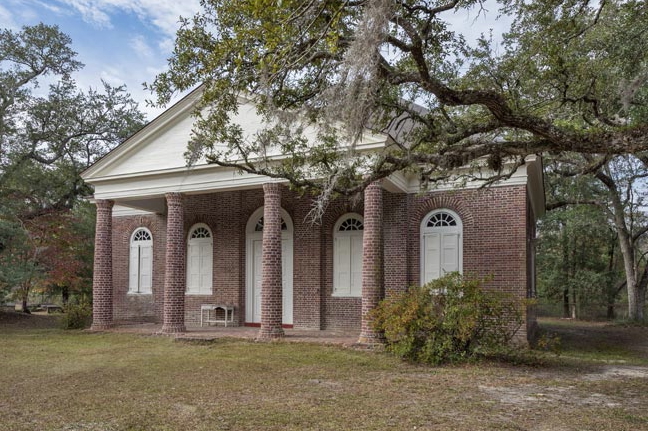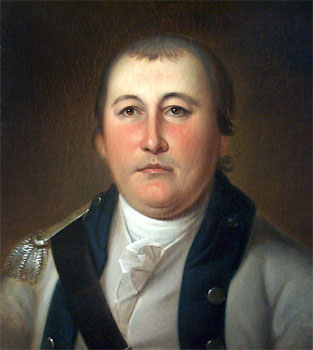VISIT TO CHARLESTON
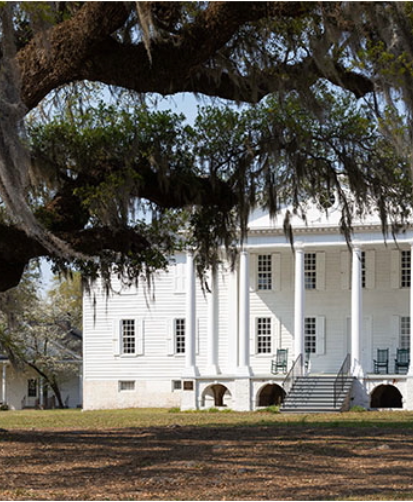
Charleston’s streets were alive with cheering crowds, celebrations and cannon fire during the first week of May 1791. George Washington was in town.
Having never visited the South outside of Virginia, Washington toured the region two years after becoming president in an effort to unify the states and understand their economies and politics.
His May 2-9 stay in Charleston was the longest time he spent in any city during the tour, which lasted more than three months and covered 1,800 miles. Though today we chuckle at the hackneyed “Washington slept here,” the places where he visited, dined, and stayed still celebrate that honor.
Crossing into South Carolina on April 27, Washington spent two days passing through Horry County before stopping for the night of April 30 near Georgetown.
Leaving early the next morning, he had breakfast at Hampton Plantation, home of Harriott Pinckney Horry and her mother Eliza Lucas Pinckney, also the mother of his close friend Charles Cotesworth Pinckney. Harriott had just added a grand portico to the landward side of the house to welcome the President.
Though the portico was finished in time, not all of the planned landscaping had been. The women apologized to the President that a young oak in front of the portico blocked the view. Washington replied he rather liked the tree and hoped they would leave it. The tree, now known as the Washington Oak, is still alive at Hampton, today a state park open to the public.
Washington continued along the King’s Highway, part of which is now a nearly forgotten dirt road in the Francis Marion National Forest. Passing the Church of St. James Santee, c. 1768, he remarked on its beauty, symmetry and architectural balance. It, too, is still there. That evening he stopped at Joseph Manigault’s Awendaw Barony.
Again leaving early May 2, he had breakfast at Gov. Charles Pinckney’s Snee Farm, today a National Park surrounded by a neighborhood of the same name. Around noon he arrived at Haddrell’s Point where a ferry and dignitaries awaited him. Twelve “elegantly dressed” sea captains and their senior officer (symbolic of the 13 original states) rowed Washington across the Cooper River accompanied by two boatloads of musicians and more than 40 boats of well-wishers.
At 2 p.m., Washington disembarked at Prioleau’s Wharf, roughly where the children’s splash fountain is today at Waterfront Park. Charleston's Battalion of Artillery fired rounds as church bells pealed their welcome. Washington continued down East Bay Street amid a cheering crowd to the Exchange Building at the eastern terminus of Broad Street. There he watched a military parade in his honor, “to whom he politely and gracefully bowed as they passed in review before him,” according to news accounts.
Afterward he was escorted to his lodgings at Thomas Heyward’s House, 87 Church St., now a house museum operated by The Charleston Museum.
The next afternoon, to Washington’s surprise, he was visited “by a great number of the most respectable ladies of Charles Town – the first honor of the kind I had ever experienced and it was as flattering as it was singular,” he wrote in his diary.
A dinner was held in Washington’s honor at the Exchange Building that evening. After each toast, artillery would fire a salute signaling those not attending the ball to raise a glass as well. At least 16 toasts were made that evening, which must have made for quite a party.
The next day, Washington inspected siege lines at Marion Square, where Charles Town surrendered to the British in 1780, then joined the Society of the Cincinnati at McCrady’s Tavern for dinner and 15 more toasts, each followed by cannon shots. A ball held in the President's honor at the Exchange that evening was attended by “256 elegantly dressed & handsome ladies.”
On May 5, Washington toured Forts Moultrie and Johnson before attending a concert at the Exchange, this time attended by “at least 400 ladies – the Number & appearance of which exceeded anything I had ever seen,” Washington wrote.
The following day, he toured the city, seeing a renovation of the former S.C. State House into the Charleston County Courthouse at Broad and Meeting streets. Impressed with the building, he met with its supervisory architect James Hoban, inviting him to design and supervise construction of America’s first White House, which burned in the War of 1812.
On May 7, Washington visited the Orphan House, then on Market Street. Afterward, he enjoyed a view of the city from St. Michael’s steeple. The evening, of course, was filled with more feasting, fireworks, and toasts at the Exchange.
On his last full day in the city, Washington attended services at both St. Philip’s and St. Michael’s churches before dining privately with Maj. Gen. William Moultrie.
On May 9, a large group of Charlestonians bade Washington farewell near Boundary Street (today Calhoun Street). They thanked him for his visit, saying they were “hopeful it will not be the last.” He responded, “Should it ever be in my power, be assured, it will give me pleasure to visit again this very respectable city.”
His entourage rode up the city’s neck, took Bee’s Ferry across the Ashley River, and spent their last night locally with his cousin, William Washington, at Sandy Hill plantation near Ravenel.
Though Washington never returned to Charleston, his 1791 visit remains a celebratory highlight of Charleston’s history.
